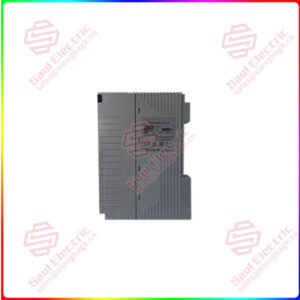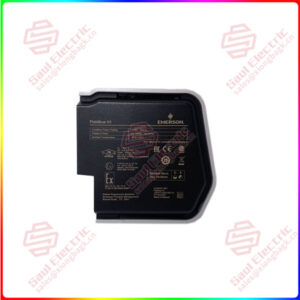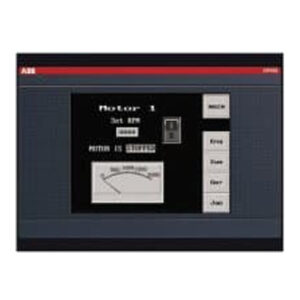Description
Overview
Essential details:IPFAN12 Fan Unit – 230 Vac
lf you need to inquire or purchase ,please send the product models to my email or call medirectly .
sunny He
[Email] sales@xiongbagk.cn
[Mobile] 86-18059884797
[WhatsApp] 86-18059884797
[Skype] sales@saulcontrol.com
IPFAN12 Fan Unit – 230 Vac
Direct Current (DC) is a type of current in which the direction of the current remains constant. In a direct current circuit, electrons always flow in a consistent manner, that is, electrons flow out of one pole of the power supply (usually negative), through the circuit, and then back to the other pole of the power supply (usually positive). The opposite of direct Current is Alternating Current (AC), whose current direction changes periodically with time.
Direct current has many applications in daily life and industry, such as:
Batteries: Most batteries, such as dry batteries, lead-acid batteries, lithium-ion batteries, etc., produce direct current.
Electronic devices: Most electronic devices, such as cell phones, laptops, televisions, etc., require direct current to power them. These devices typically use a power adapter (also known as a charger) to convert alternating current to direct current.
Dc motor: DC motor uses direct current to produce mechanical energy, often used in power tools, toys, electric vehicles, etc.
Electrolytic process: In the electrolytic process, such as electroplating, smelting metal, etc., need to use direct current.
Laboratory and scientific research: In the field of laboratory and scientific research, direct current is used in various experiments and research, such as electronics experiments, physics experiments, etc.
Direct current can be obtained from alternating current by means of a rectifier, which converts the negative half cycle of alternating current into a positive half cycle, resulting in direct current. In addition, batteries are a common source of direct current.


 1 Year Warranty
1 Year Warranty



